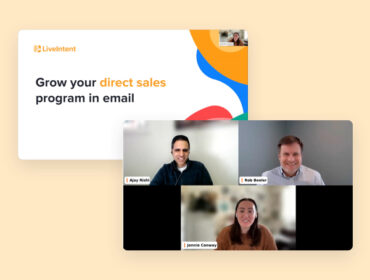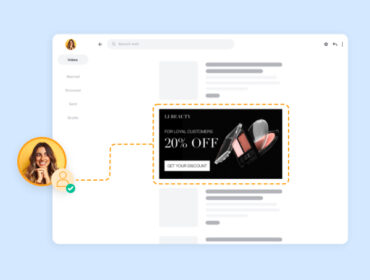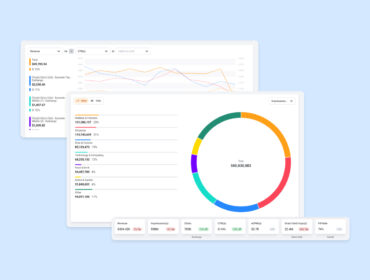Publisher perspective: Advertisers’ biggest concerns for a cookieless world
Come 2022, every corner of the digital ecosystem will feel the effects of the third-party cookie’s deprecation. In a candid conversation, Life After Cookies, with publishing leaders from Insider Inc., Conde Nast, Dotdash, and Sparrow Digital, not only did we get an inside look into what’s keeping publishers up at night but also the concerns that advertisers have shared with them, too.
Let’s take a close look at those advertiser concerns.
Keeping 1:1 audience relationships
Let’s start with the elephant in the room – building those direct connections with consumers.
“Advertisers are expecting a one-to-one relationship because that’s what they’ve had with third-party cookies,” said Jana Meron, SVP of programmatic & data strategy at Insider Inc. “It’s also what created the need for regulation […] We need to recreate the one-to-one targeting ecosystem.”
Many solutions are already available that can improve addressability, including LiveIntent’s Authenticated Bridge Framework. It’s up to publishers and advertisers to find what works best for their needs.
Planning is overwhelming
“The big advertisers say, ‘Someone at our agency is going to take care of it,’ and that’s just not true,” said Ana Milicevic, principal and co-founder of Sparrow Digital. “They need to map out specific steps that need to happen over the next 18 months so they can transition to a post-cookie world. Few advertisers have taken that step.”
As the clock counts down on the third-party cookie, publishers will need to encourage their advertiser partners to take matters into their own hands. Publishers can provide education and workshops to aid advertisers in developing plans that will help them meet their business goals and, in turn, help sustain the digital ecosystem.
Losing previous investments
“Advertisers have invested millions into their own measurement models and DMPs,” said Sara Badler, SVP of programmatic revenue & strategy at Dotdash. “They’re not going to abandon ship today or in the next 18 months. So how do we marry our insights to the things marketers deem really important, and meet in the middle?”
Unfortunately, publishers don’t really know yet because there’s no one-size-fits-all solution to this issue. However, many are willing to work with advertisers to find or create one.
Getting left behind
While large advertisers may have the resources to test new solutions, many smaller advertisers don’t and fear being left behind. However, DTC advertisers are setting the blueprint for dealing with this significant shift in the landscape.
“Those with $50-100 mill in ad spend are more adept to changes that are coming; their leaders are data-driven,” said Milicevic. “Think DTC in the early days. Those marketers are wisening up to larger opportunities outside of walled gardens. Most are new to the open internet and are working towards some type of in-housing.”
Interdependence of ecosystems
All parties within the digital ecosystem, like any ecosystem, are dependent on each other to survive. Once the third-party cookie departs, the only options left for the digital ecosystem will be collaboration, testing, and iteration to find the best solutions for all parties. Together, publishers, advertisers, and technology providers can thrive in the new era.


